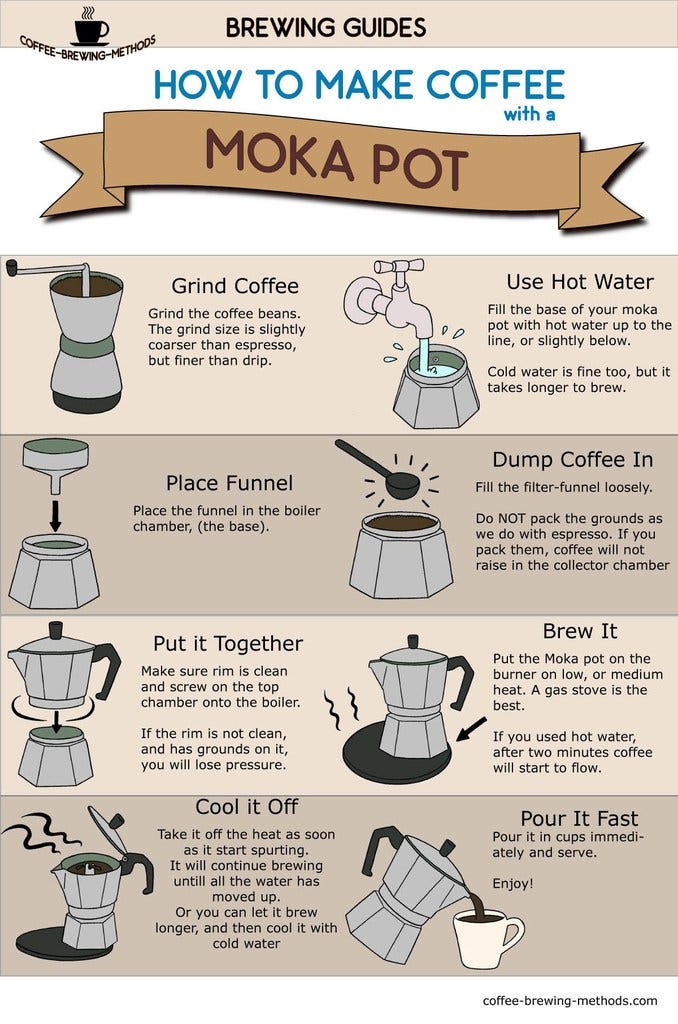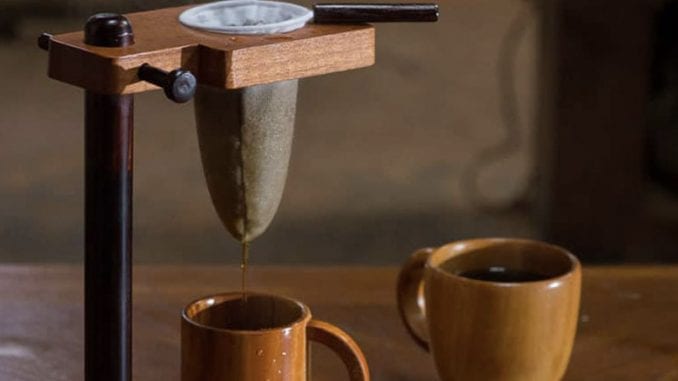The Influence of Different Coffee Brewing Methods on Flavor and Aroma
The Influence of Different Coffee Brewing Methods on Flavor and Aroma
Blog Article
The Scientific Research Behind Coffee Brewing: Exactly How Temperature and Time Affect Your Beverage
Understanding the scientific research behind coffee developing reveals that temperature level and time are not plain variables however critical aspects that dictate the beverage's taste account and general high quality. As we check out the nuances of these aspects, the inquiry occurs: how can one effectively balance temperature level and time to attain that best brew?
The Chemistry of Coffee Extraction
The chemistry of coffee removal looks into the detailed processes that change raw coffee beans into the fragrant beverage enjoyed worldwide. This improvement mostly includes the solubility of various compounds existing in the beans, which are affected by variables such as grind size, water high quality, and the brewing approach employed.
Throughout the developing process, warm water acts as a solvent, removing soluble compounds, including high levels of caffeine, sugars, acids, and lipids, from the coffee grounds. Each substance adds to the flavor profile, scent, and body of the last beverage. As an example, acids are in charge of zesty and bright notes, while oils contribute to an abundant mouthfeel.
The extraction procedure is not consistent; various compounds dissolve at various prices. The initial phases of developing extract acids and sugars, bring about a pleasurable level of acidity, while long term extraction can lead to resentment due to over-extraction of unfavorable compounds. Recognizing these chemical communications is important for enhancing brewing strategies, as the balance in between extraction time and water temperature level can significantly influence the general high quality of the coffee. Inevitably, understanding the chemistry of coffee removal is key to achieving a delicious and all-round mug.
Suitable Brewing Temperatures
Locating the ideal brewing temperature is essential for opening the full potential of coffee tastes and scents - coffee brewing methods. Research shows that the ideal range for developing coffee exists between 195 ° F to 205 ° F(90 ° C to 96 ° C) Within this range, the removal process efficiently dissolves the preferable soluble compounds in coffee beans, bring about a flavorful and well balanced cup
Brewing at reduced temperatures, such as listed below 195 ° F(90 ° C ), may result in under-extraction, generating an acidic and weak brew with muted tastes. Conversely, developing at temperatures going beyond 205 ° F(96 ° C) can result in over-extraction, generating a extreme and bitter taste as a result of the extreme dissolution of undesirable substances, such as tannins.
In addition, the ideal developing temperature can differ depending on the coffee bean kind and roast level. For example, lighter roasts often take advantage of slightly higher temperature levels to improve their complex flavor accounts, while darker roasts may be better matched to lower temperature levels to alleviate resentment.
Eventually, keeping precision in developing temperature levels is essential for achieving an unified equilibrium of tastes, making certain that every mug of coffee delivers a satisfying sensory experience.
Impact of Brewing Time
Brewing time plays a pivotal role in determining the taste profile and overall quality of coffee. Shorter developing times can result in under-extraction, leading to a weak or sour taste, as not enough soluble substances are liquified.
Optimal developing time differs depending on the approach utilized and the grind dimension of the coffee. A French press typically calls for regarding four minutes, while coffee extraction is generally finished within 25 to 30 seconds. It is necessary to adjust brewing time in conjunction with other variables, such as water temperature and coffee-to-water proportion, to attain the preferred flavor account.
Understanding the influence of brewing time enables coffee fanatics to fine-tune their brewing strategies, eventually boosting the sensory experience of their cup (coffee brewing methods). With mindful attention to this variable, one can unlock the complete potential of the coffee, exposing its unique attributes and nuances
Brewing Approaches and Their Effects

For example, methods like French press and cold brew allow for a longer steeping time, resulting in a fuller body and robust flavor because of enhanced extraction of oils and soluble solids. On the other hand, coffee developing makes use of high stress and a much shorter removal time, generating a focused shot that emphasizes intense flavors and a rich crema.
Pour-over strategies, such as Chemex or V60, offer an even more regulated extraction process, allowing the brewer to manipulate flow rate and water distribution, which can enhance brightness and clarity. On the other hand, percolation approaches cycle water via the coffee premises multiple times, you can check here bring about a more powerful, commonly bitter taste.
Last but not least, using paper filters versus steel filters can likewise impact the last preference; paper filters usually generate a cleaner cup by capturing oils and fine particles, while steel filters enable more oils to pass through, adding to a fuller mouthfeel - coffee brewing methods. Recognizing these nuances can boost the coffee experience dramatically
Tips for Improving Your Brew
A well-executed brew can change also the simplest coffee right into an exceptional experience. Grind the beans simply prior to brewing to maximize freshness, making sure the grind size matches your developing technique-- coarser for French press and finer for coffee.
Water top quality plays a vital duty; use filteringed system water devoid of contaminations. The optimal brewing temperature level ranges in between 195 ° F and 205 ° F(90 ° C to 96 ° C ) As well hot can blister the coffee, while too amazing may under-extract flavors.
Timing is just as vital. For immersion methods, soaking for three to five mins is optimal, whereas drip techniques commonly take about five mins. Try out brew times to locate your recommended stamina.

Conclusion
In recap, the elaborate connection between temperature level and time is paramount in the coffee brewing process. Following optimal brewing temperatures between 195 ° F and 205 ° F, together with exact timing tailored to every approach, makes certain the preferred taste profile is attained. Understanding these clinical concepts equips individuals to improve their brewing techniques, ultimately bring about an extra balanced and delightful coffee experience. Mastery check out here of these variables is vital for any kind of coffee lover seeking quality in their drink.
Recognizing the scientific research behind coffee brewing exposes that temperature and time are not plain variables but essential components that dictate the beverage's taste profile and overall high quality. Comprehending these chemical interactions is crucial for optimizing brewing strategies, as the equilibrium between removal time and water temperature can dramatically influence the overall top quality of the check out here coffee.Brewing time plays a critical duty in figuring out the flavor profile and total top quality of coffee. By concentrating on these elements-- bean quality, grind size, water temperature, steeping time, and proportion-- you can elevate your coffee brewing procedure, resulting in a consistently premium cup.
In summary, the elaborate relationship in between temperature level and time is extremely important in the coffee brewing process.
Report this page